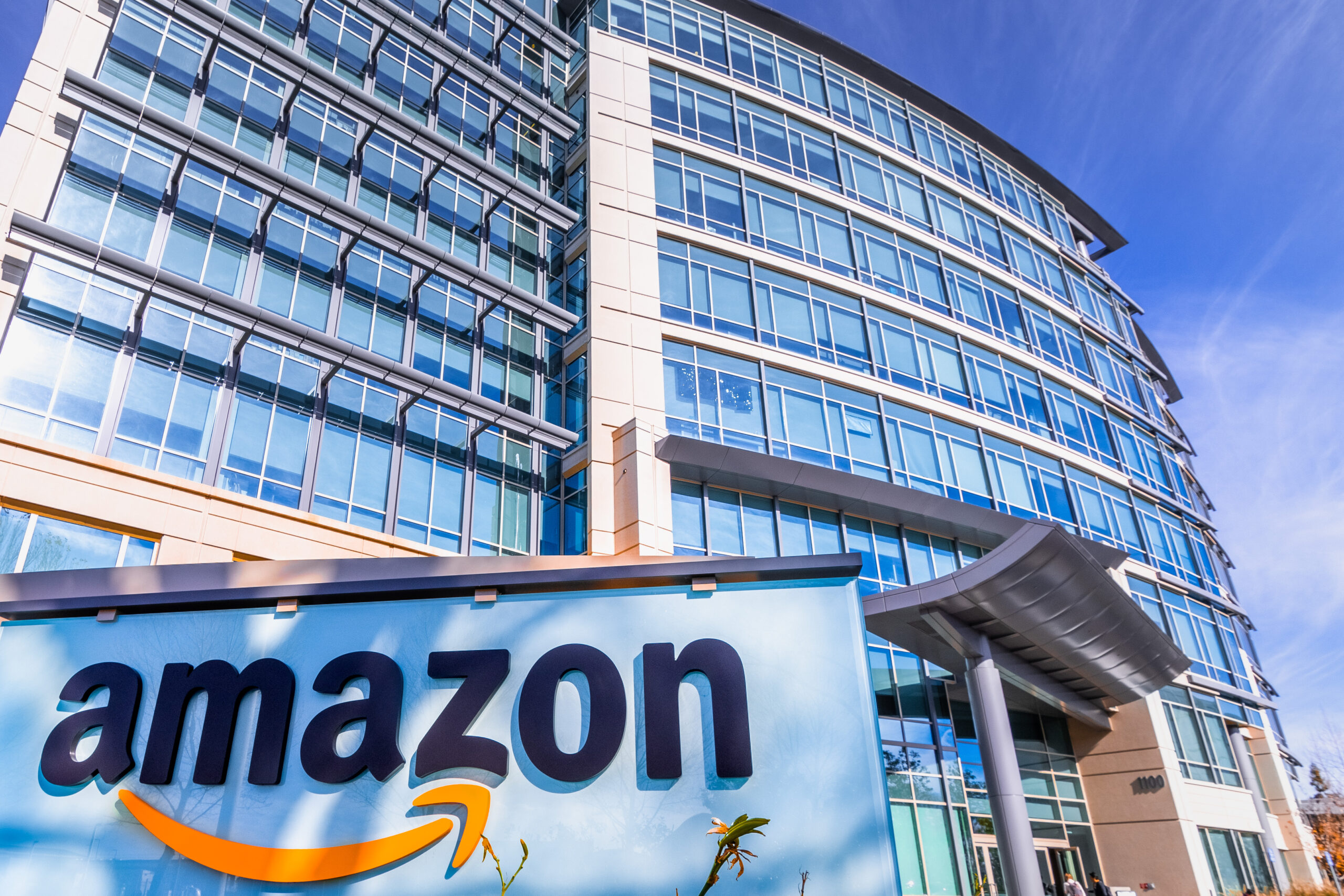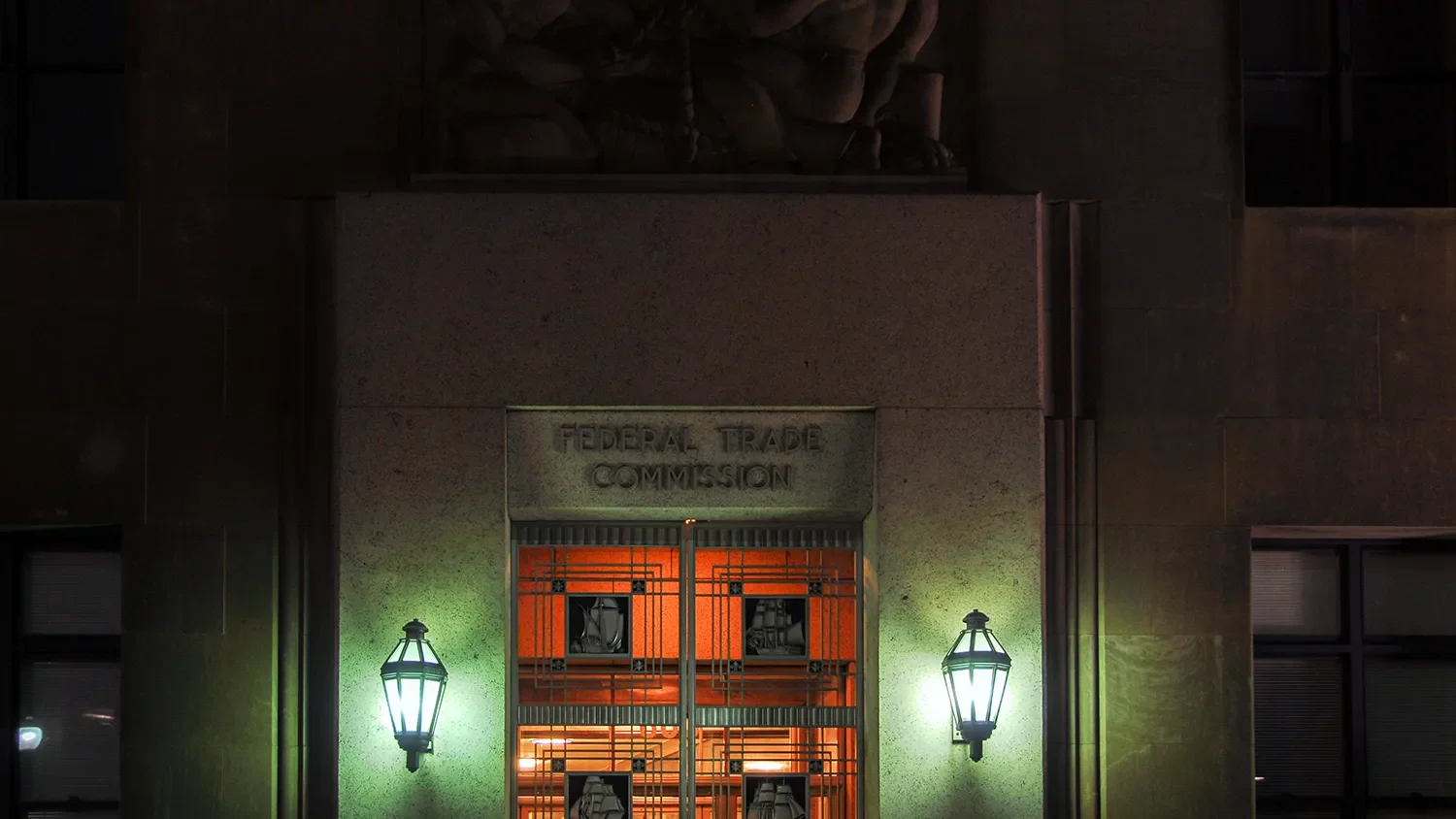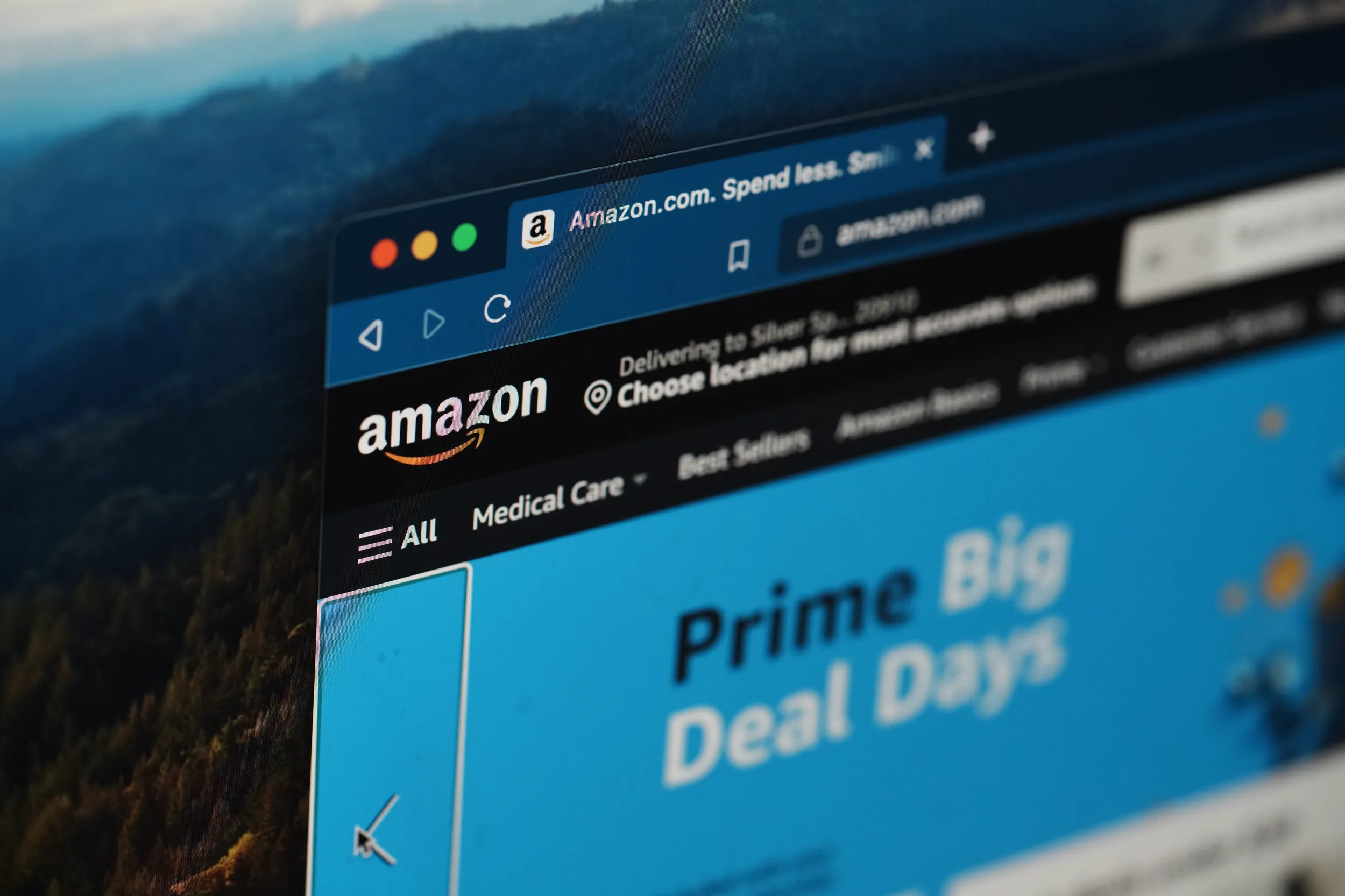The FTC’s Request to Bifurcate the Amazon Case Shows the Factual and Legal Weaknesses of the Agency’s Investigation

A recent move in the Federal Trade Commission’s monopolization case against Amazon raises serious questions about the government’s endgame in its suit against the popular retailer.
The FTC asked the court to “bifurcate” its case against Amazon, thereby splitting the trial into separate liability and remedy phases. The motion underscores the underlying factual and legal weaknesses of the agency’s investigation and raises serious concerns about the government’s intended remedies. The decision now rests with the court to grant or deny the motion to bifurcate.
To decide, the court does not consider if liability and remedies present separate legal concerns, but rather if they overlap in facts or evidence. However, the FTC is yet to clearly state what remedies it deems appropriate for Amazon’s alleged antitrust violations. Importantly, the conduct alleged to violate the law is so intertwined with the company’s core business practices, that any liability discussion would need to include the consideration of remedy proposals to address the underlying alleged competitive harms.
As the court reviews the motion for bifurcation, it is important to keep in mind that complex remedies – such as the ones the FTC is likely contemplating in this case but has not yet specified – are highly case-specific and fact-dependent. Complex antitrust cases are not usually bifurcated. This would require all parties involved to have clarity during all phases of the case on what the proposed remedies might be, including during the discussions of liability. A lack of clarity during the liability discussion may result in proposed remedies that do not address the underlying concern they attempt to fix or do not solve the problem at all, as seen in the US v. AT&T case.
Although the FTC has not publicly revealed what remedies it intends to pursue, its lawsuit asks for “relief, including but not limited to structural relief.” And what the agency’s Chair means by structural relief has long been clear: a suit seeking to break up Amazon. As previously discussed on DisCo, this would be a huge blow to consumers who have rated Amazon as one of the most favored institutions in America. In Boston Consulting Group’s Most Innovative Companies 2023 report, Amazon was ranked third overall. The FTC’s case, if successful, could set a precedent for lawsuits alleging monopolization yet with no demonstrable harm to competition. This, of course, could bring dire consequences not only to the investigated company in question, but also to American consumers, small businesses, innovation, and the broader economy.
From a legal perspective, the FTC’s remedies do not need to be what consumers want. A court of law is not, after all, a popularity contest. However, there is an undeniable tension in claiming to have the consumers’ best interest at heart while attacking products and services that generate exceptionally high consumer approval. Moreover, the broader concern stems from the effects a break-up or other complex remedies would have on the overall digital economy. By calling into question the propriety of integrating different offerings, the FTC’s case goes even further, harming not just one aspect of a product offering, but businesses across the entire technology sector.
The court has good reason not to grant the FTC’s motion to bifurcate the proceedings, as it would be an inefficient approach given the close interconnectedness of the alleged liability and potential remedies in the case.







